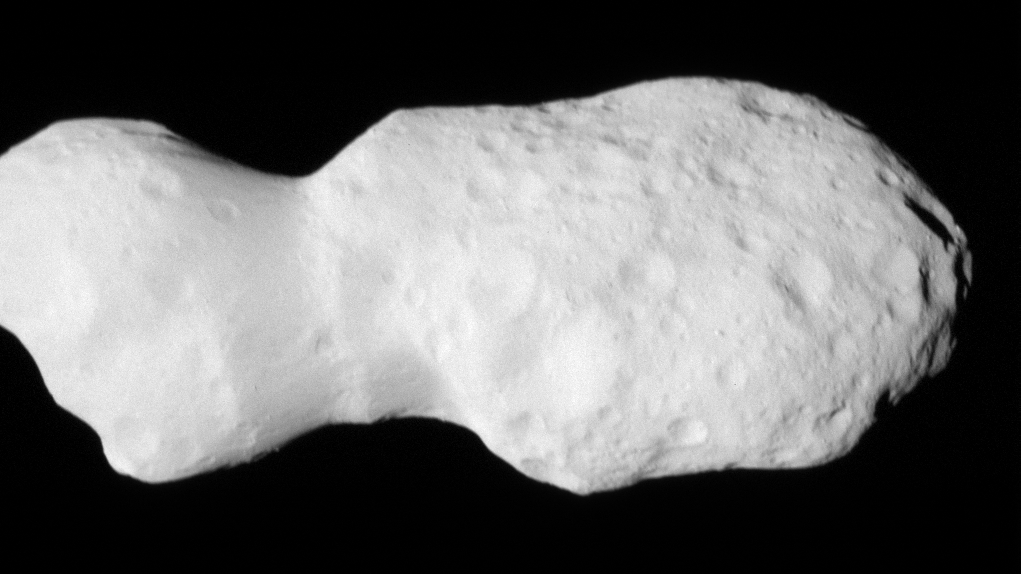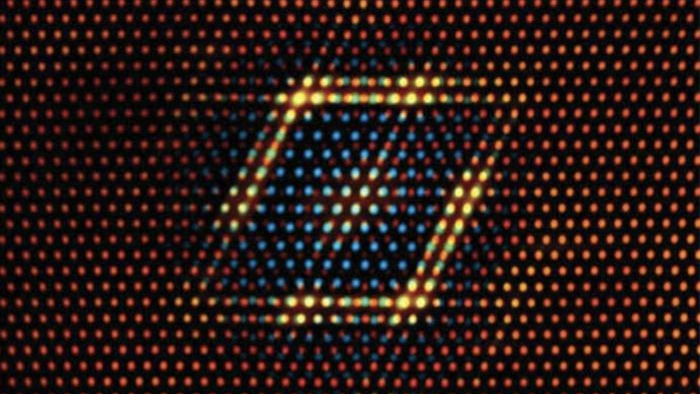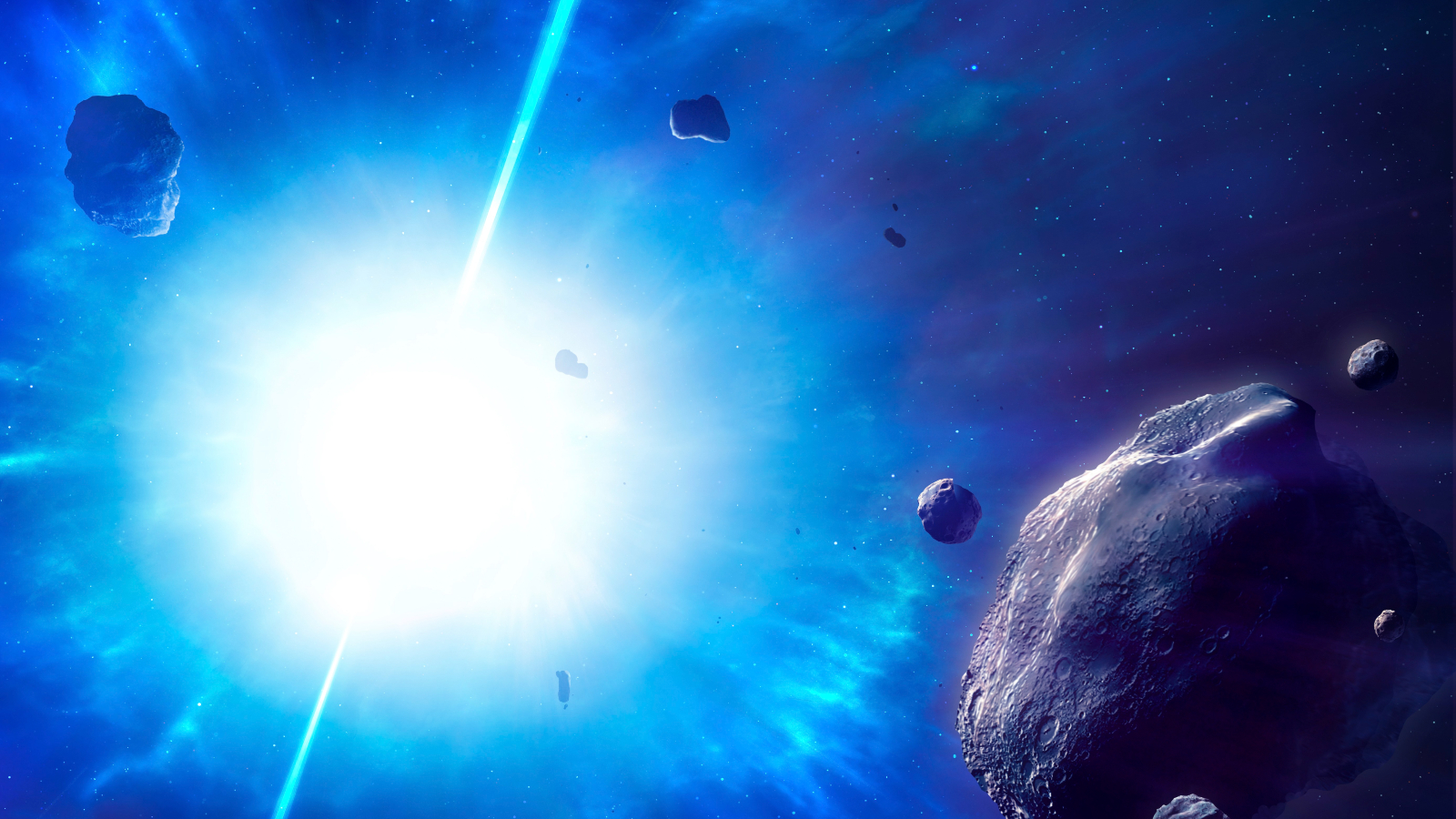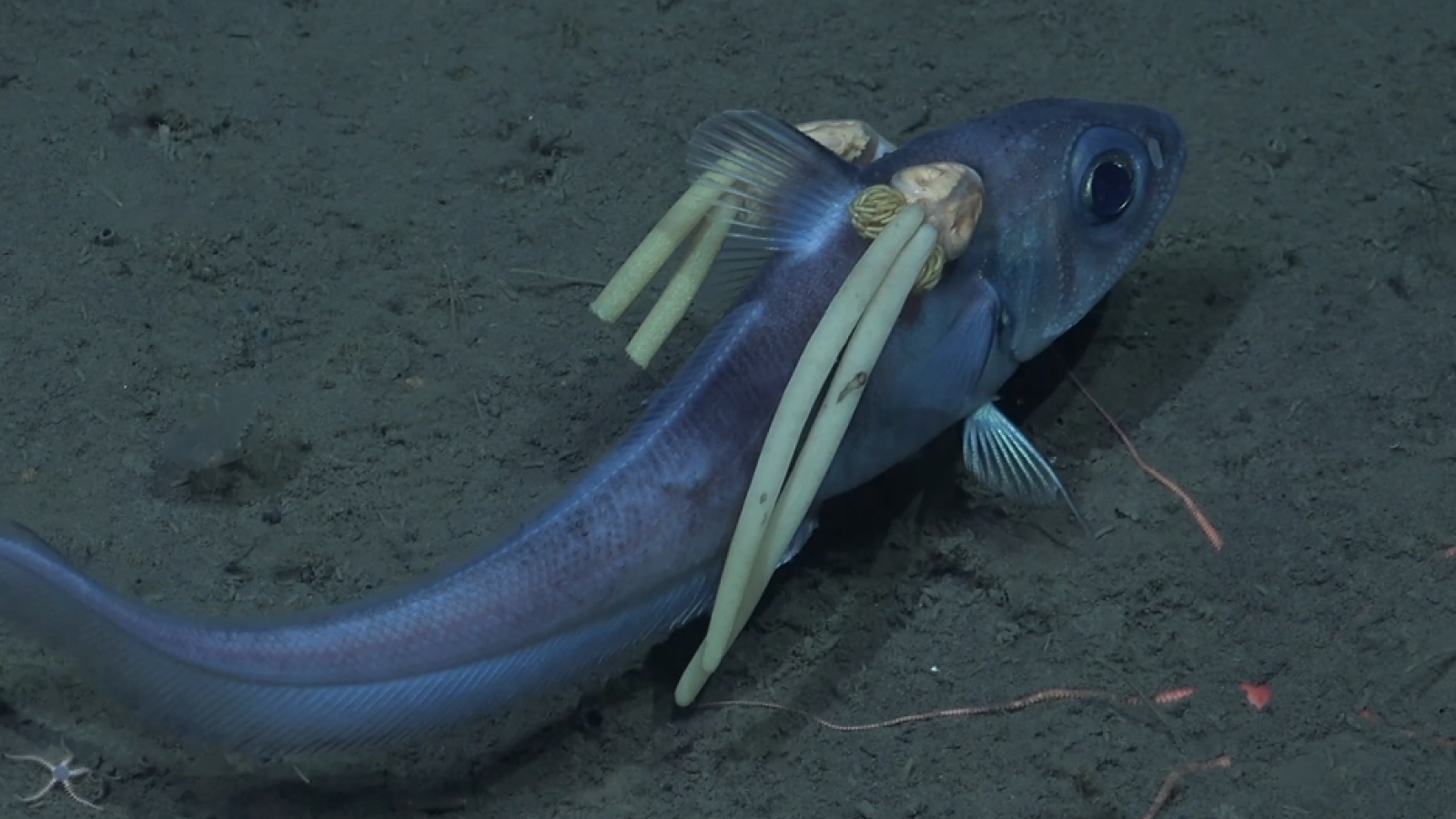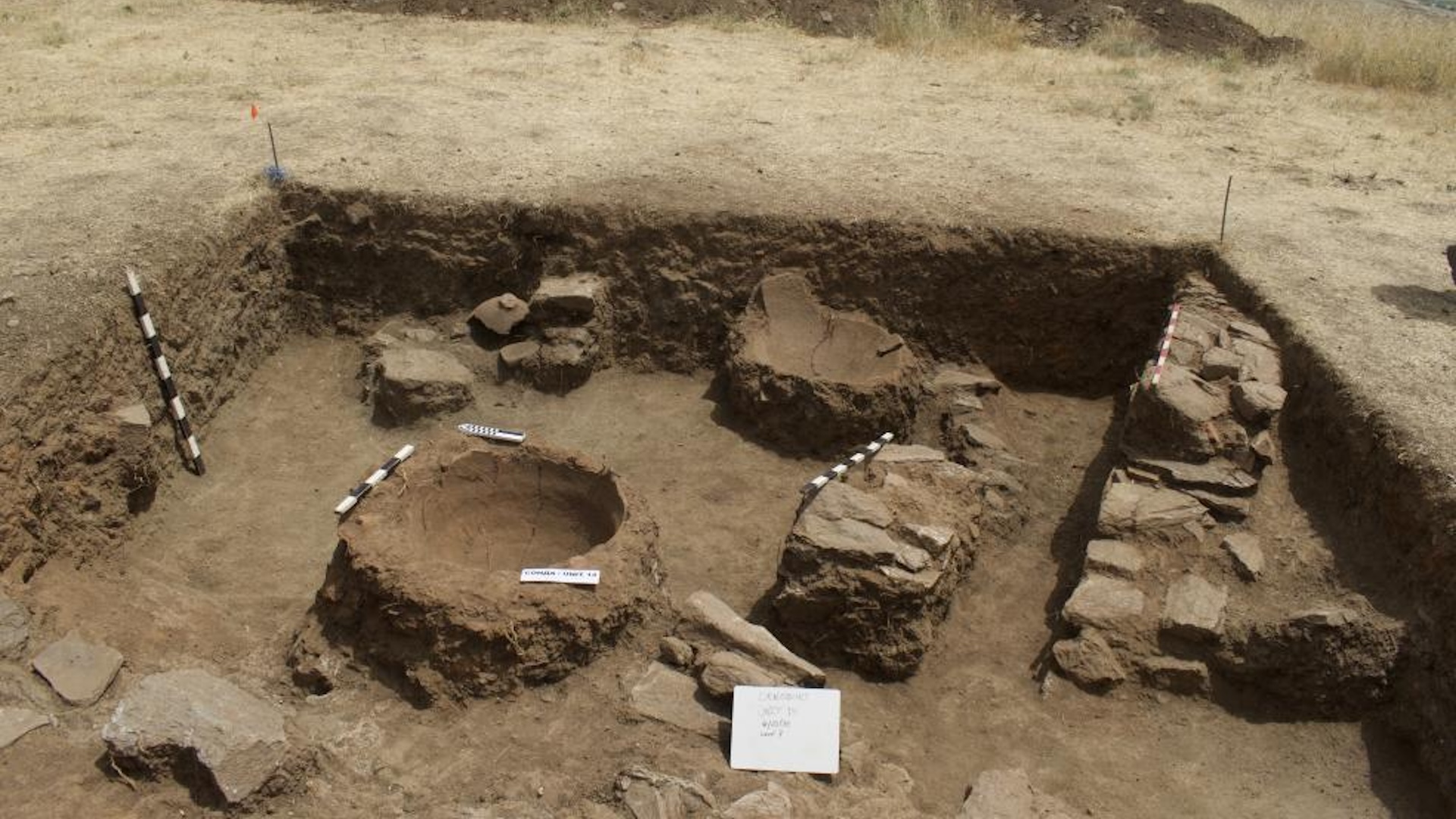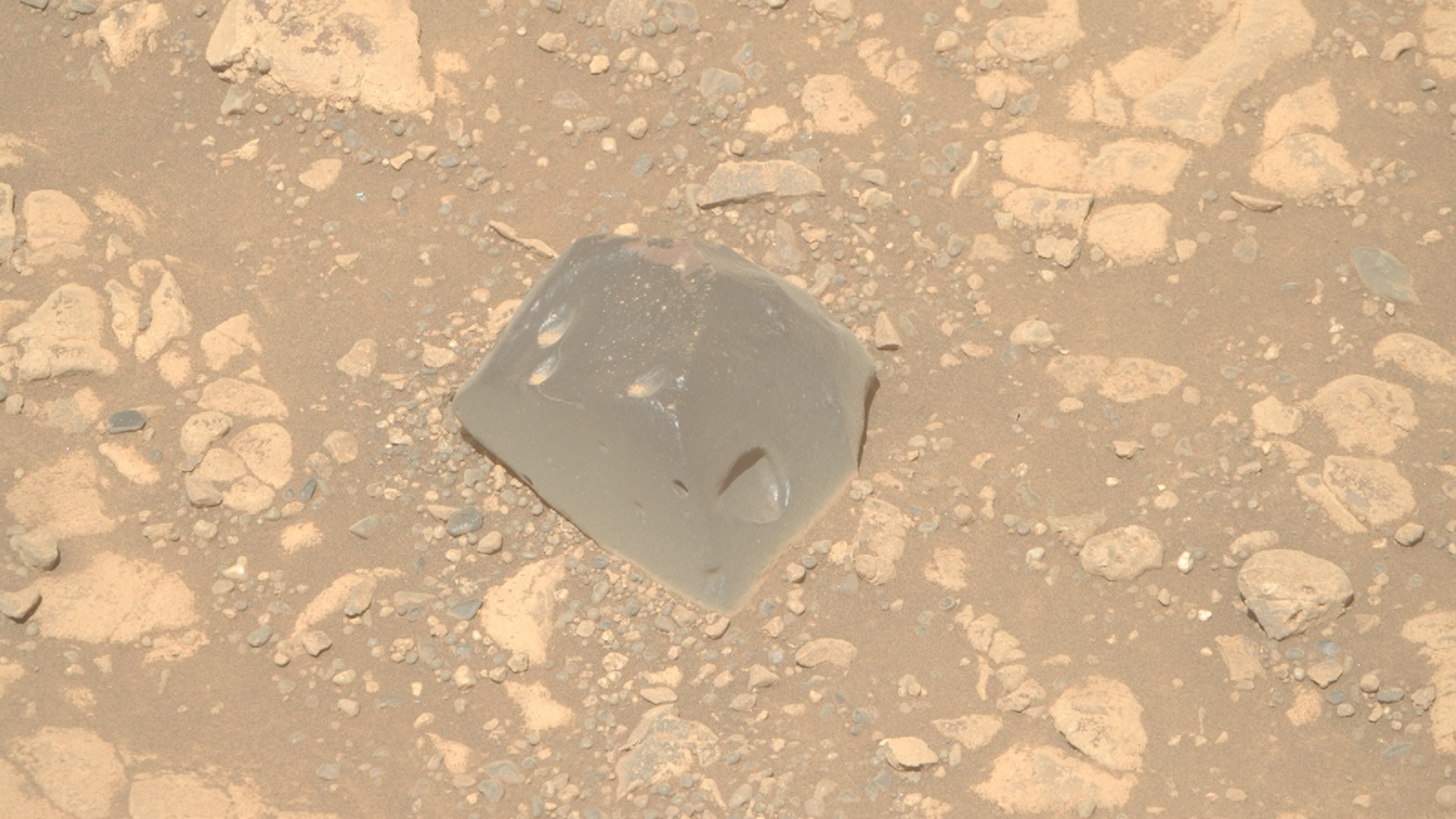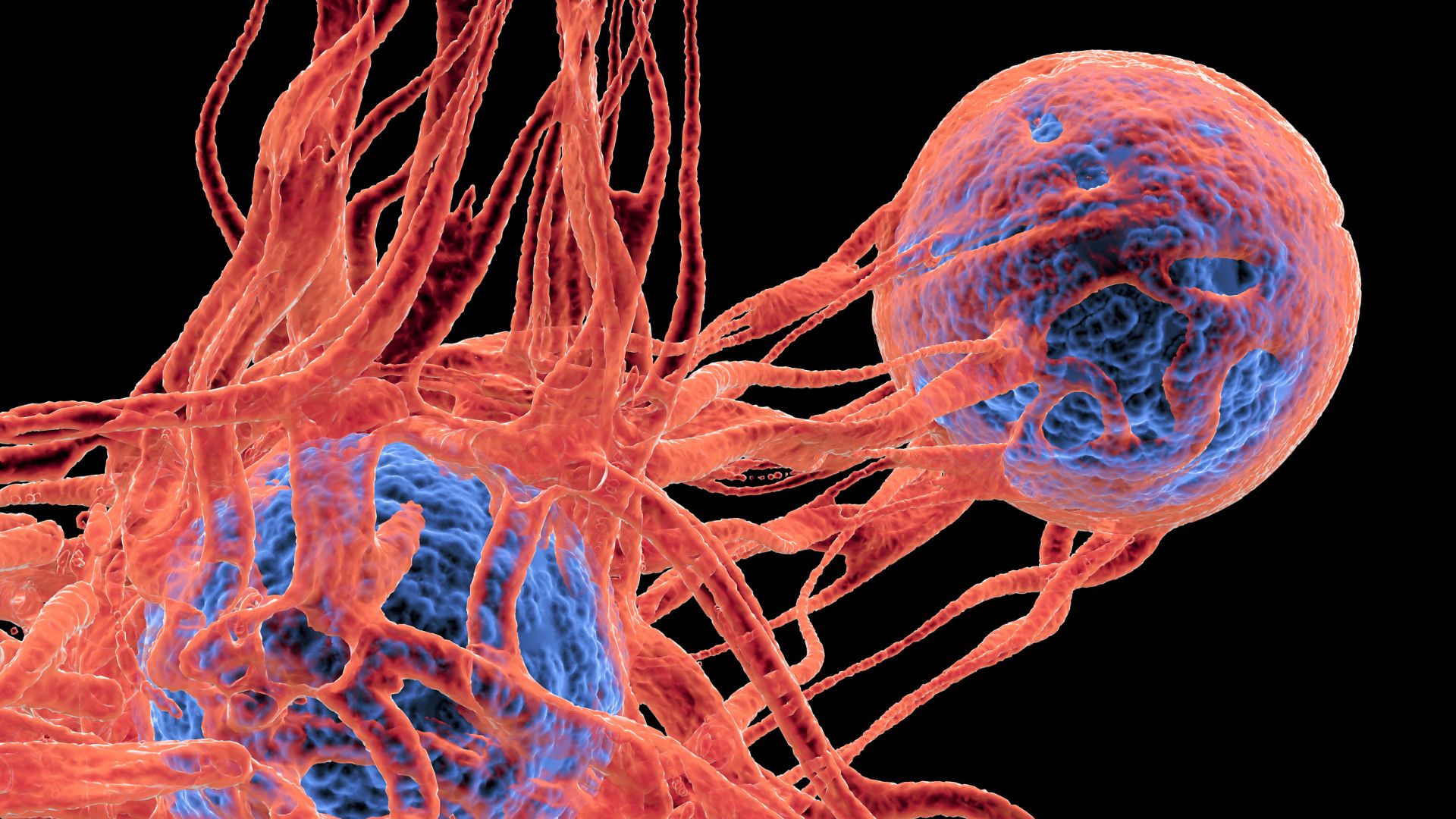James Webb telescope takes emergency look at 'city-killer' asteroid 2024 YR4 ahead of close encounter in 2032
The James Webb Space Telescope has taken its first look at the near-Earth asteroid 2024 YR4 before a perilous close approach in 2032. The telescope confirmed Earth is safe, but there is a 3.8% chance that our moon may be in trouble.
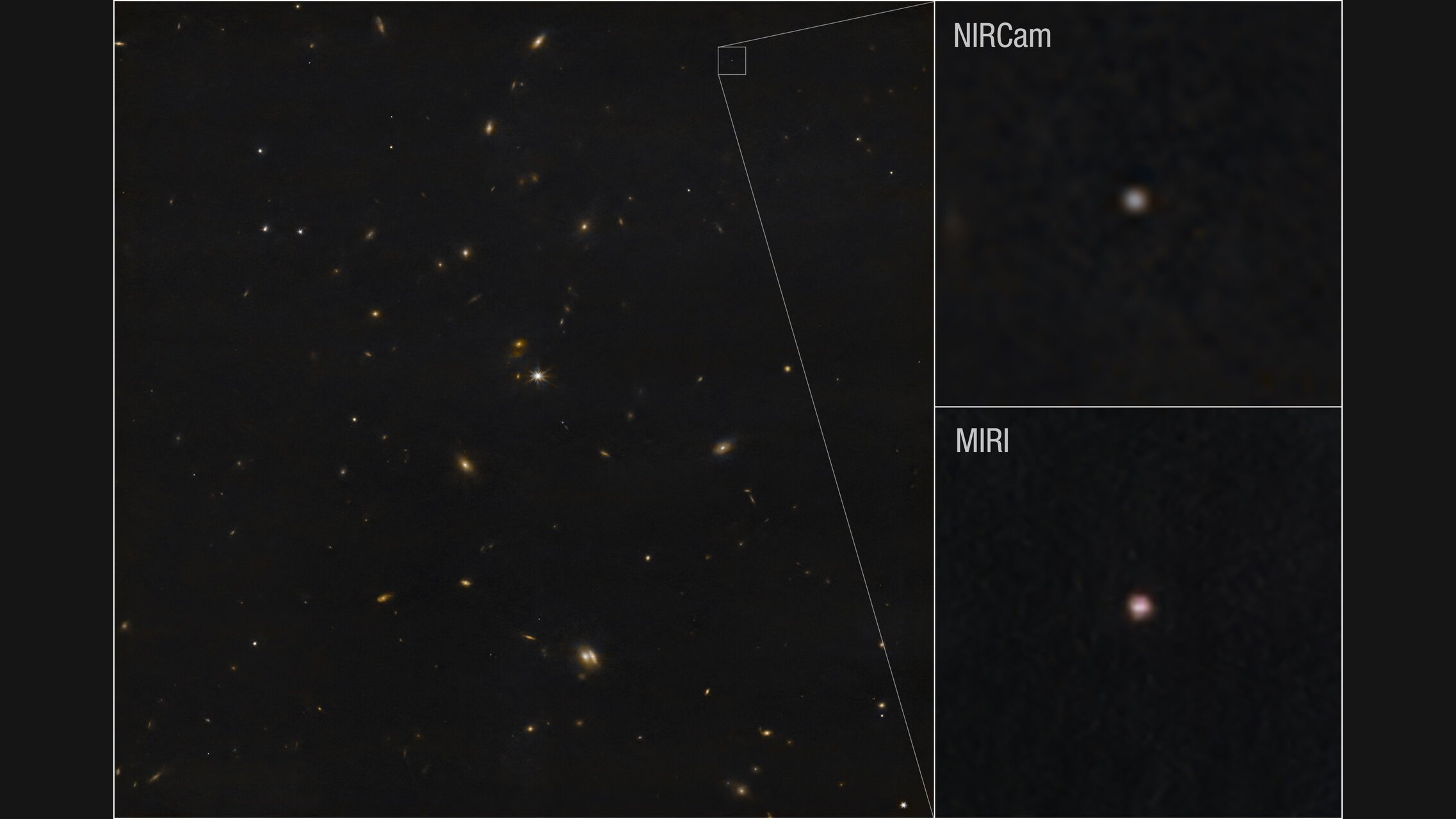
The powerful James Webb Space Telescope (JWST) has just completed the first of two planned observations of the infamous "city-killer" asteroid 2024 YR4, which will make a perilously close approach to Earth and the moon in December 2032.
Making use of emergency telescope time awarded to an international team of astronomers in February, JWST's first observation of the building-size asteroid reveals that 2024 YR4 may be slightly larger and rockier than previous ground-based telescope studies suggested.
According to a NASA statement released on April 2, the JWST observations suggest the asteroid measures between 174-220 feet (53-67 meters) in diameter, which is roughly the size of a 10-story building. This is a slightly higher range than the previous size estimate of 131-295 feet (40-90 meters).
Luckily, though, JWST also confirmed what NASA has known for weeks: 2024 YR4 is no longer a hazard, and there is zero chance that the asteroid will strike Earth in 2032. However, a direct collision with the moon is still possible. NASA calculates that the odds of the asteroid hitting the moon in 2032 have risen from a roughly 2% chance to a 3.8% chance of collision.
"While an Earth impact by 2024 YR4 on December 22, 2032 has now been ruled out, it continues to have a non-zero probability of impacting the Moon at this time," the researchers wrote in their preliminary report, which has not yet been peer-reviewed. A second round of JWST observations is planned for May 2025, before the asteroid disappears into the outer solar system for the next several years.
Related: NASA's most wanted: The 5 most dangerous asteroids to Earth
Tracking a "city-killer"
Astronomers first discovered asteroid 2024 YR4 in December 2024. Initial observations with ground-based telescopes indicated that the space rock had a diameter of about 180 feet (55 meters) — roughly as wide as the Leaning Tower of Pisa is tall.
Sign up for the Live Science daily newsletter now
Get the world’s most fascinating discoveries delivered straight to your inbox.
Its orbital trajectory frequently crosses Earth's route around the sun, making a direct collision with our planet possible. If such a strike were to occur, it could wipe out an entire city with the equivalent force of 500 Hiroshima bombs.
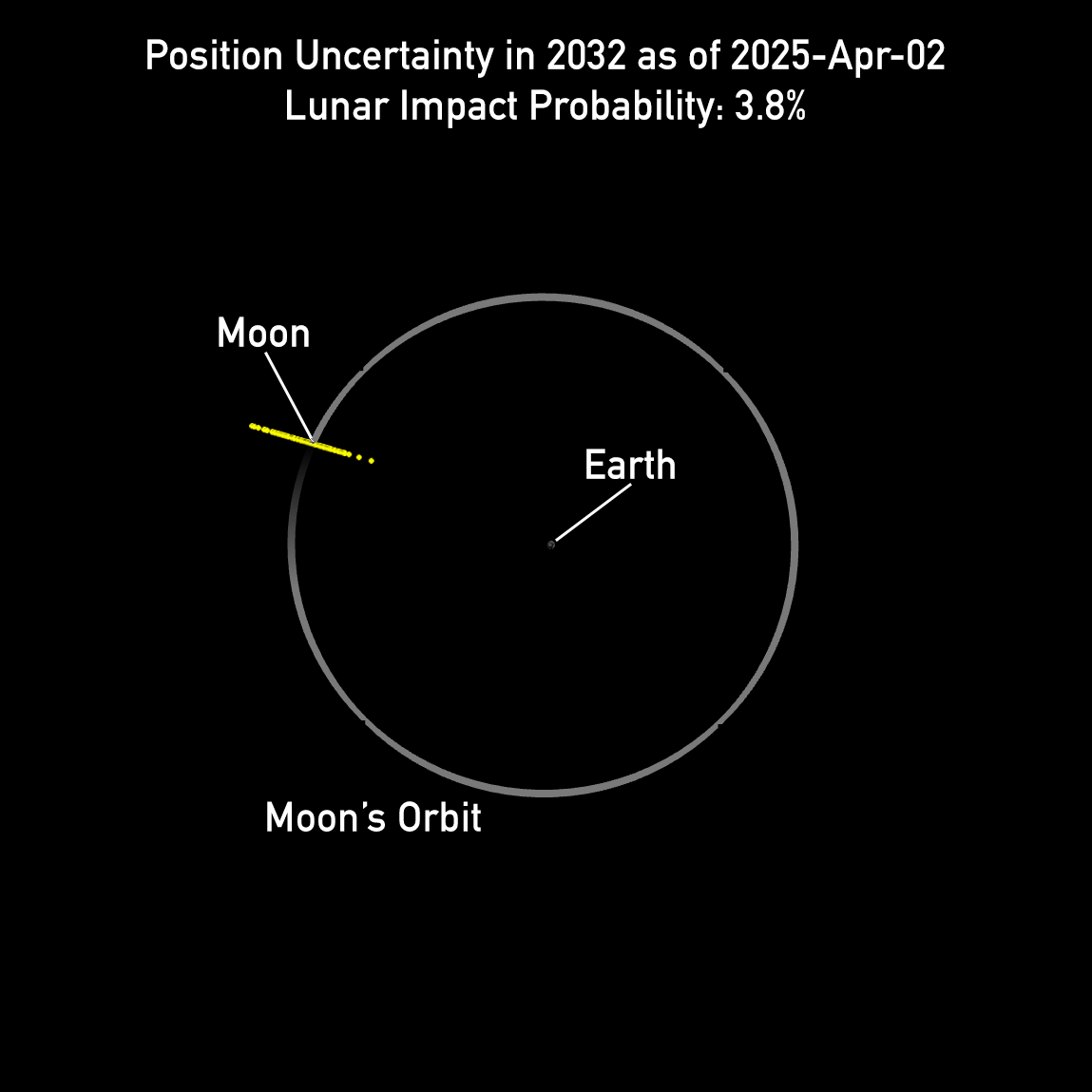
While analyzing the asteroid's trajectory, researchers briefly estimated that 2024 YR4 had up to a 3.1% chance of crashing into Earth in 2032 — the highest probability ever recorded for an object of this asteroid's size. NASA eventually refined this prediction down to 0%. But, while uncertainty reigned, the European Space Agency (ESA) announced that several hours of JWST's emergency discretionary time would be used to study the potentially hazardous space rock's size and trajectory.
Key to these observations are JWST's infrared sensors, which can directly detect heat emitted by the asteroid and provide insight into both its size and composition. Ground-based telescopes that observe visible light can only see the sunlight reflected off of the asteroid's surface, leaving big questions about its true nature.
"In general, the brighter the asteroid, the larger it is, but this relationship strongly depends on how reflective the asteroid's surface is," ESA officials wrote in a Feb. 10 blog post. "2024 YR4 could be 40 m [130 feet] across and very reflective, or 90 m [295 feet] across and not very reflective … the hazard represented by a 40 m asteroid is very different from that of a 90 m asteroid."
JWST made its first observations of the asteroid on March 26, watching the asteroid rotate once every 20 minutes over a five-hour period. The researchers then converted the asteroid's brightness to mid-infrared wavelengths, taking into account the known distances and angles between the asteroid, the sun and JWST.
With these data, the team estimated that asteroid 2024 YR4 is slightly larger than was previously estimated, measuring about 200 feet (60 m) in diameter (this is roughly in the middle of NASA's estimated size range of 174-220 feet wide). The thermal analysis also suggests that the asteroid is cooler than is typical for objects of this size, hinting that it may be rockier than previously thought as well.
Front-row seats to a lunar impact?
But even if 2024 YR4 is a bit bigger and harder than we thought, it still poses no imminent threat to Earth, the JWST data confirm. But there does remain a roughly 3.8% chance that the asteroid will slam into the moon in 2032, according to NASA.
While a lunar impact may sound scary, the moon endures thousands of tiny meteor strikes every year and has the cratered scars to prove it has survived much larger impacts. But seeing a known asteroid, with a known size and trajectory, gouge open a new crater in real time would be a world-first opportunity for lunar researchers.
"We've got our fingers crossed for a moon impact," Alan Fitzsimmons, a physics and math professor at Queen's University Belfast in the U.K. who was not involved in the JWST observations, told New Scientist. "It would have no effect on Earth, but would allow us to study the formation of a lunar crater by a known asteroid for the very first time."
The second round of JWST observations, scheduled for May, will further help to refine the asteroid's orbital trajectory and its chances of hitting the moon.
Editor's note: This article was updated on April 3 with new facts and figures from NASA.

Brandon is the space/physics editor at Live Science. His writing has appeared in The Washington Post, Reader's Digest, CBS.com, the Richard Dawkins Foundation website and other outlets. He holds a bachelor's degree in creative writing from the University of Arizona, with minors in journalism and media arts. He enjoys writing most about space, geoscience and the mysteries of the universe.
You must confirm your public display name before commenting
Please logout and then login again, you will then be prompted to enter your display name.
